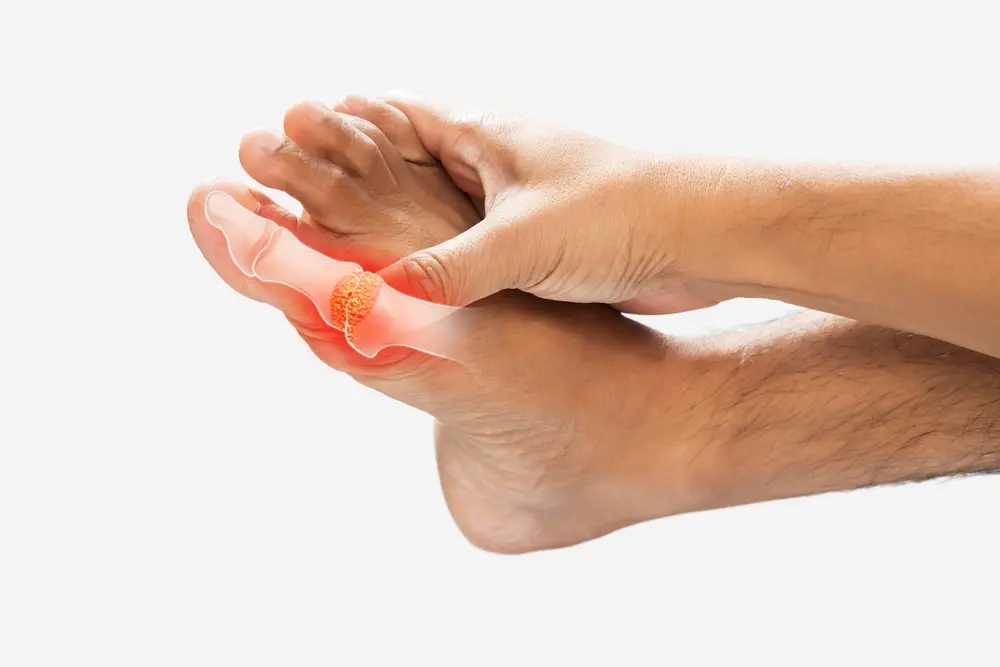
Type 2 diabetes (T2D) is a major health crisis in the US and around the world. Its prevalence has surged in recent years, with estimates indicating over half a billion people living with it globally. According to IDF Diabetes Atlas, about 537 million adults have diabetes worldwide, and approximately 90-95% of these cases are Type 2 diabetes. Type 2 diabetes can affect anyone, however some populations are especially vulnerable.
Type 2 diabetes is a chronic metabolic condition characterized by increased blood sugar (glucose) levels. It happens when the body either does not produce enough insulin, a hormone needed to convert blood glucose into energy, or doesn't use it effectively. As a result, one may experience increased thirst, unexplained weight loss, frequent urination, fatigue, and blurred vision. However, some individuals may not experience noticeable symptoms, and the condition can go undiagnosed for a long time.
While Type 2 diabetes affects people from all walks of life, its prevalence and severity vary significantly across different populations. Decades of research have shown that diabetes, particularly T2D disproportionately affects certain ethnic/racial groups. Recent NHIS statistics on diabetes incidence rates in US adults found that African Americans, Hispanics/Latinos, Native Hawaiians, American Indians, Arab Americans, Pacific Islanders, and Asian Americans had the highest rates of diabetes.
This disparity is not simply a matter of chance but rather the result of a complex interplay of genetics, socio-economic factors, access to healthcare, and cultural differences.
Disparities in access to healthcare services represent a significant barrier to diabetes prevention and management. People with lower socio-economic status may face challenges in obtaining regular check-ups, diabetes screenings, and essential medical care. They also miss out on clinical trials. According to Science 37 surveys, a large portion of people from these communities would like an opportunity to participate. Still, they are often not asked, overlooked, or unable to access because of geographical barriers.
Lack of health insurance, transportation issues, and geographic disparities in healthcare infrastructure all contribute to delayed diagnosis and inadequate management of diabetes. This results in cases that may have been preventable or treatable with timely and consistent healthcare access.
Studies have pinpointed genetic variations that elevate the risk of developing Type 2 Diabetes within populations of African, Hispanic, or Asian ancestry. This doesn't mean that individuals from these communities are destined to develop diabetes, but rather, they may inherit genetic factors that make them more susceptible to such hereditary diseases.
Insulin resistance, a key feature of T2D, is influenced by these genetic variations. It occurs when the cells in the body fail to respond adequately to insulin, causing a rise in blood sugar levels. The genes associated with beta-cell function and glucose metabolism also affect how the body regulates blood sugar.
When particular genes associated with insulin resistance and glucose metabolism are more prevalent in specific ethnic groups, it creates a genetic landscape that contributes to a higher susceptibility to Type 2 Diabetes within those communities.
People from some of these communities also have a genetic tendency to accumulate visceral fat in the abdominal region, known as abdominal obesity. Visceral fat releases substances that can interfere with insulin action and glucose metabolism. This disruption sets the stage for insulin resistance, an essential precursor to Type 2 Diabetes.
Beyond genetic influences, lifestyle factors like inappropriate nutrition and inactivity can increase the risk for Type 2 Diabetes. Traditional dietary practices, beliefs about health and illness, and mistrust of the healthcare system can influence diabetes management and healthcare utilization.
Lower levels of education within specific communities are associated with reduced health literacy, contributing to a higher risk of Type 2 Diabetes. Limited health literacy can manifest in challenges comprehending the importance of a balanced diet, recognizing risk factors, and understanding the significance of regular exercise.
Food insecurity, poverty, and lack of access to healthy food options and safe spaces for exercise contribute to unhealthy lifestyle choices and increased risk of diabetes. Insufficient health insurance coverage, language barriers, and cultural differences can also create barriers to accessing preventive care, early diagnosis, and effective management.
Ethnic/racial minorities suffer disproportionately from type 2 diabetes and related health problems, including higher rates of morbidity and mortality. This complex issue demands a multifaceted approach to address individual and systemic factors contributing to the disparity. Here, we explore effective health interventions and community programs that can help bridge the gap and create a healthier future for all.
This includes advocating for policies that facilitate healthcare affordability for low-income communities and underserved populations, particularly those disproportionately affected by Type 2 diabetes. Such policies should address language barriers, increase cultural competency among healthcare providers, and ensure culturally relevant care practices. There's also a need to establish primary care clinics in underserved communities, provide transportation assistance, and expand access to telehealth services.
Community education levels can impact health literacy and awareness of diabetes risk factors. Lower levels of education may correlate with limited knowledge about healthy lifestyles and preventive measures. Tailored educational programs that consider cultural nuances can bridge this gap, and empower communities toward making informed health choices.
Building more robust, more equitable communities tackles the systemic roots of health disparities. This means addressing underlying issues like poverty, food insecurity, and lack of access to quality education and healthcare. It involves promoting economic development, creating inclusive environments that celebrate diversity and combat discrimination, and empowering communities through leadership development and collective action. Such efforts, coupled with improved access to healthcare and education, will contribute to a healthier future for all.
Science 37 prioritizes diversity in clinical trials, ensuring that research includes participants from various ethnic, cultural, and socio-economic backgrounds and improves the generalizability of findings. We leverage digital health platforms to allow any interested party to participate in clinical trials without geographical constraints. We also engage in community-centric research practices to ensure that the goals, methods, and outcomes of studies align with the needs and priorities of the communities involved. This approach fosters trust and collaboration.


